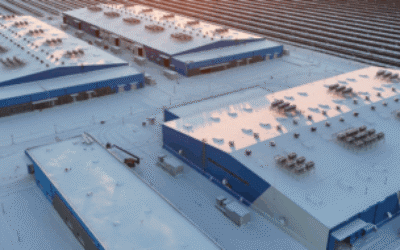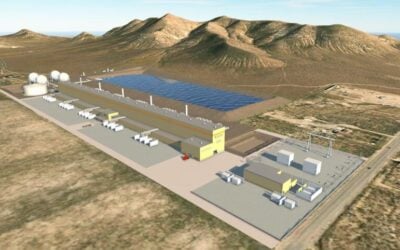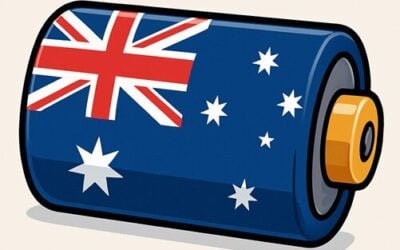The systems are interfaced and driven by Stem’s PowerScope (pictured). Image: Stem Inc.
A 1MW ‘virtual power plant’ part-funded by the Pacific International Center for High Technology Research (PICHTR), utilising energy storage across 29 customer sites, has been connected in O’ahu, Hawaii, by Stem.
Stem, which provides intelligent energy storage as-a-service to commercial organisations, helping them reduce the demand charge portion of their electricity bills, announced on Monday that it had connected the systems for the state’s main utility, Hawaiian Electric (HECO).
Funding through Energy Excelerator
Just under half of the US$2.1 million pilot project’s costs, US$1 million, were funded by PICHTR’s ‘Energy Excelerator’ programme. PICHTR began as an offshoot of the University of Hawaii but is now a non-profit organisation accelerating the deployment of technologies that support the aims of safety, security and economic wellbeing in Hawaii and the Asia-Pacific region.
Try Premium for just $1
- Full premium access for the first month at only $1
- Converts to an annual rate after 30 days unless cancelled
- Cancel anytime during the trial period
Premium Benefits
- Expert industry analysis and interviews
- Digital access to PV Tech Power journal
- Exclusive event discounts
Or get the full Premium subscription right away
Or continue reading this article for free
This includes supporting the deployment and commercialisation of renewable energy, particularly pertinent in the state which has an ambitious ‘100% renewables by 2045’ target and already is thought to host the highest penetration of rooftop solar per capita in the US. The Energy Excelerator programme picks out a handful of startups each year to work with, focusing not just on energy but also the intersecting areas of water efficiency, agriculture, cyber security and transportation. The Stem project was first announced in October 2015.
Stem’s project benefits utility as well as individual customers
PICHTR helped Stem sign up with HECO for the project, and it is expected to lead to further collaboration between the two, continuing on from their federally-funded initial work announced at the beginning of 2016 under the US Department of Energy’s SHINES (‘Sustainable and Holistic Integration of Energy Storage and Solar PV’) initiative.
A diverse range of mostly small to medium-sized enterprises such as a flower store and meat market signed up to Stem’s pilot project, as well as the O’ahu-based branches of corporates like Whole Foods. As well as reducing their energy costs, the batteries will help them to integrate onsite renewable energy, Stem said.
Perhaps more importantly, the virtual power plant will allow the utility to call on electricity stored in the batteries to mitigate the variability of power from solar generation and to meet demand at peak times.
Each behind-the-meter storage system combines the battery element with predictive cloud-based analytics including weather forecasts and historic and real-time energy usage data, so that it knows when electricity use onsite is most likely to peak, therefore charging and discharging the batteries accordingly, using PowerScope, Stem’s own software solution.
“This [project] shows we can scale behind-the-meter energy storage to create a more stable and efficient grid as we provide customers with higher levels of renewable energy to reduce fossil fuel use and greenhouse gas emissions,” Dora Nakafuji, Hawaiian Electric director of renewable energy planning said.
“The rest of the nation is looking at Hawai‘i as a leader in renewables and grid modernisation, and Stem is proud to be a part of this important transformation,” Stem’s VP for its Hawaiian operations Tad Glauthier said.
In an early 2016 interview with Energy-Storage.News, Glauthier explained his views on how the frontrunner state was pioneering moves to integrate distributed generation onto its networks.





